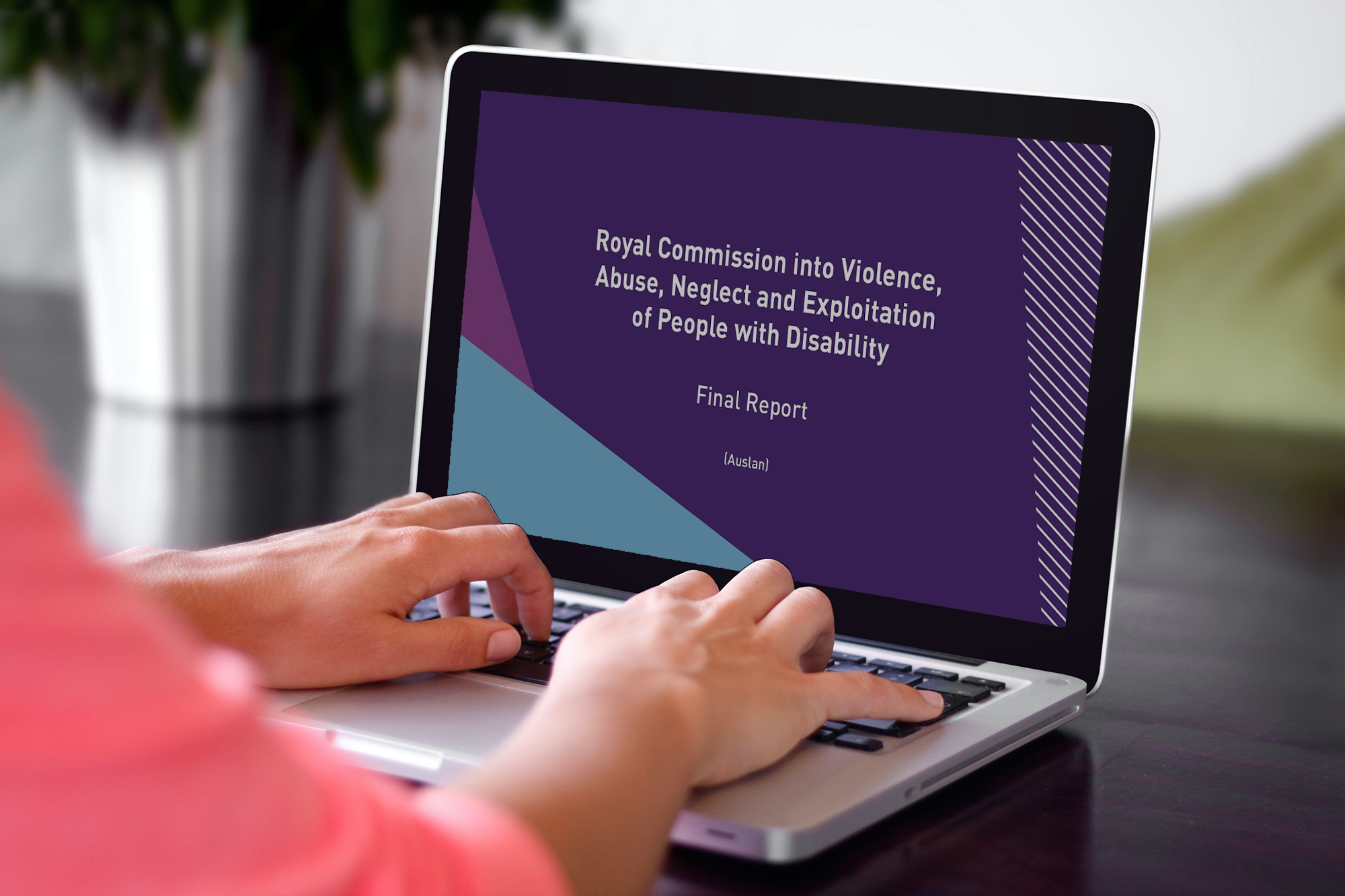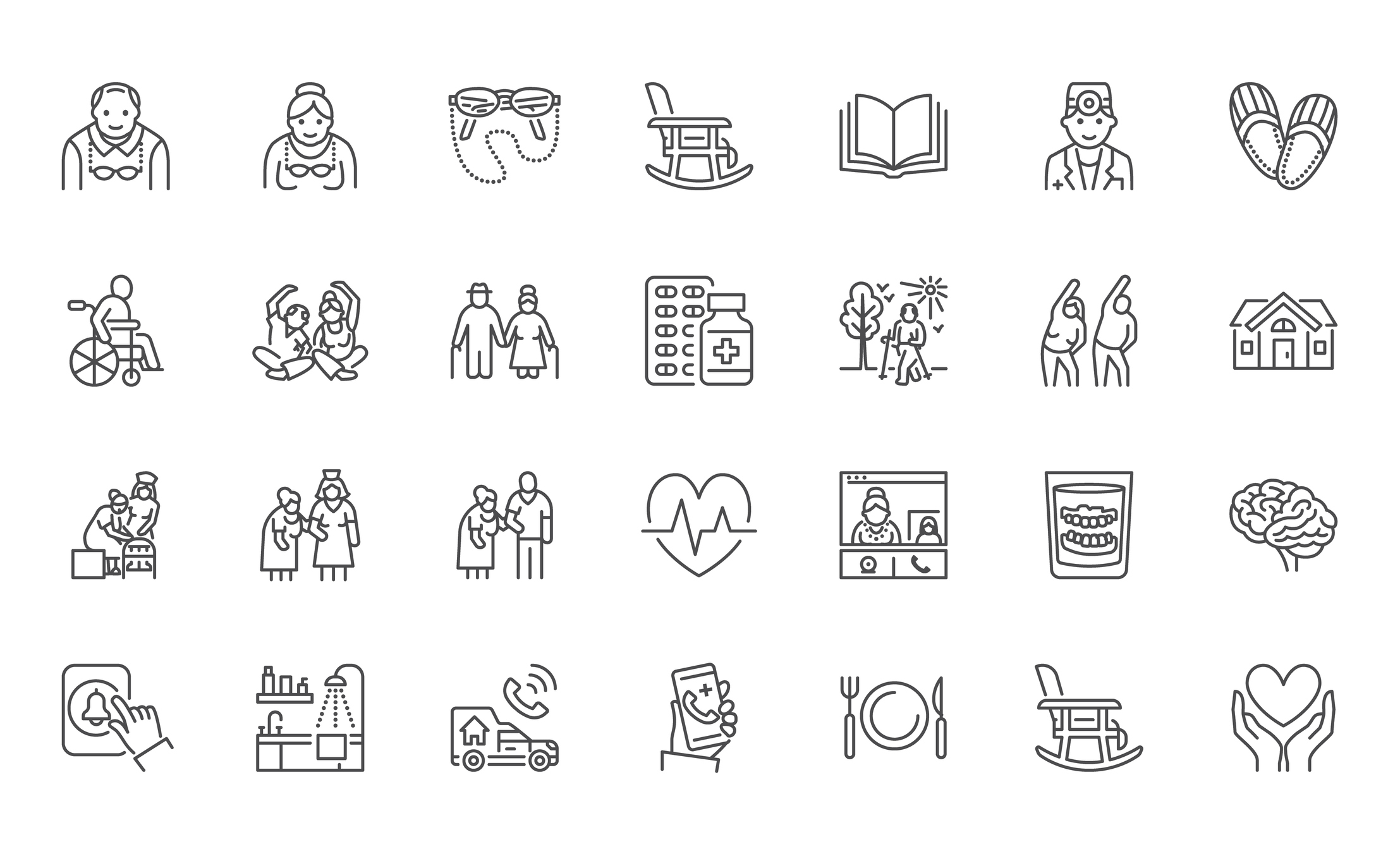The Australian population is incredibly diverse and multicultural. With this diversity comes the challenge of ensuring that all individuals, regardless of their cultural background, have equal access to services and support.
Organisations providing services to the public must be prepared to respond to the diverse and individual needs of each client and ensure that the organisation and its staff are culturally competent.
What is cultural competence?
A culturally competent organisation:
- understands and responds to the unique needs of individuals from diverse cultural backgrounds; and
- improves feelings of cultural safety for clients and staff, making them feel that their background, values, identity and needs are respected and valued for the diversity they bring to society and to the organisation.
When a client feels culturally safe, they feel as if the organisation cares about them as an individual, and that they are seen as a person, not simply part of a homogenous group. Meeting someone’s cultural needs can indicate that an organisation will take care to meet a person’s other unique needs.
And what is cultural diversity?
Cultural diversity encompasses many forms or aspects of identity, including:
- Cultural identity
- Ethnic identity
- Nationality
- Class
- Education
- Language
- Religion
- Spiritual views
- Gender
- Sexuality
- Political orientation
- Age
Each one of these factors will contribute to a person’s identity, how they see the world and their needs when receiving services.
It is important to note that a ‘one-size-fits-all’ approach to cultural competence will not adequately address the needs of clients, as multiple aspects of their identities intersect to create unique strengths and vulnerabilities.
Organisations must therefore prioritise a flexible and adaptable approach to service delivery, and ensure staff are able to respond effectively and appropriately to the varying and individual needs of each client.
Strategies for cultural competence
1. Culturally diverse staff
Having a diverse workforce allows an organisation to have broad perspectives of how different actions may impact on people from varying cultural backgrounds and provide insight into changes to improve the cultural safety of clients. Having staff available who share their cultural background can help clients feel that their cultural identity and needs will be respected and valued during their time engaging with the service. In addition, a diverse workforce helps staff improve their cross-cultural communication skills, which can then flow on to better communication outcomes for clients.
2. Ongoing reflection on services
Cultural competence is not a singular action. As the diversity of the organisation’s clients and staff changes, the organisation must constantly reflect on the services it provides and whether they are appropriate for the current demographics. To improve their cultural competence, especially where client demographics have changed, it may be appropriate to partner or consult with local cultural or community groups to ensure the service meets cultural needs.
3. Client involvement in service delivery
The unique experiences of each client means that what they need from a service may be equally as unique. Allowing clients input into aspects of their experience with your organisation allows them to receive a service that is appropriate for them, improving their sense of cultural safety and their perception of the service. In residential services, this is especially important in making the service feel like a ‘home’ for residents.
Cultural diversity and compliance
Cultural diversity is increasingly being incorporated into quality standards for services. This means organisations must be culturally competent and have strategies for engaging with diverse clients in order to meet their standards obligations.
All of the major national and state/territory standards have cultural diversity requirements. Here are just a few, by way of example only:
Aged Care Quality Standards
Australian Service Excellence Standards
Human Services Quality Framework (Qld)
Human Services Standards (Vic)
National Safety and Quality Health Standards (and a number of aligned standards)
National Principles for Child Safe Organisations
NDIS Practice Standards
RACGP Standards
Self-assessments for all of the above standards are available for providers in SPP.
BNG and Cultural Diversity
We’ve recently updated some of our cultural diversity and cultural competence resources to better assist service providers with their cultural competence.
- Good Practice Guide: Cultural Competence
- Info: Cultural Diversity
- Policy: Diversity and Cultural Inclusion
Other resources for service providers
Aged Care Diversity Framework action plans – four action plans to assist aged care providers when engaging with diverse clients, Aboriginal and Torres Strait Islander clients, CALD clients and LGBTI clients. All four action plans are available as self-assessments on SPP.
The Centre for Cultural Diversity in Ageing has developed the Inclusive Service Standards and accompanying supportive resources to assist aged care providers in the development and delivery of inclusive services to all clients. SPP also provides a self-assessment for the Inclusive Service Standards.
Ready for cultural change?
Sign up for a free trial of SPP for resources to help your organisation’s cultural competence.


